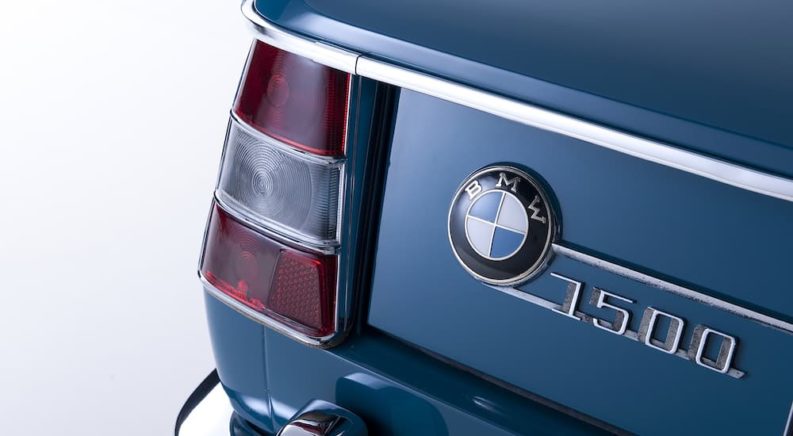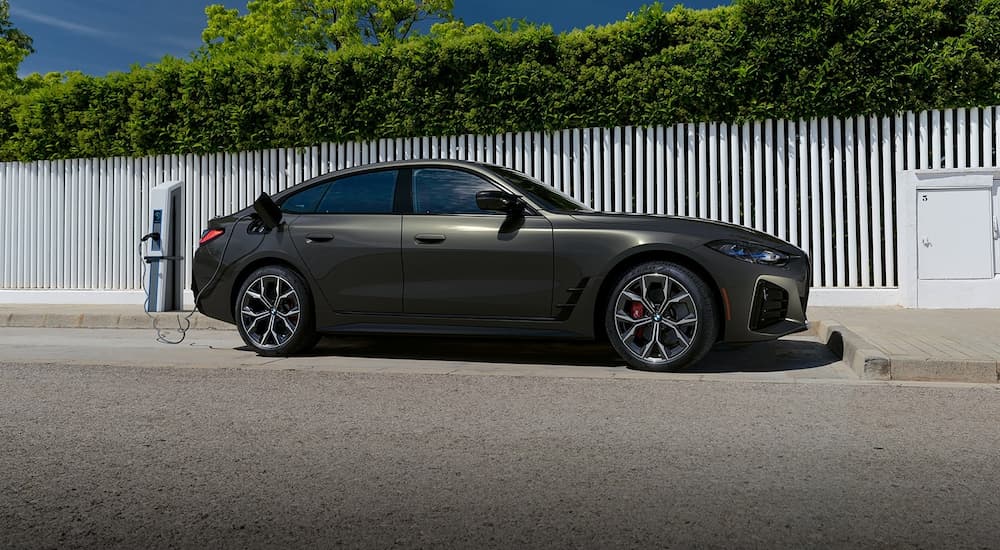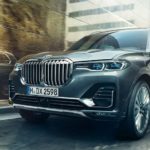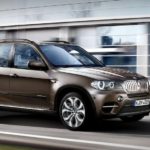BMW is a brand that has reinvented itself several times in its century-long history. Founded as an aircraft engine manufacturer, BMW began producing motorcycles after the Treaty of Versailles ended German aircraft production—eventually entering the world of luxury automobiles in the late 1920s. The devastation that followed WWII all but destroyed the company, but BMW built itself back up again.
However, the real turning point came in 1962, when BMW introduced its Neue Klasse (New Class) sports sedans. These nimble vehicles turned the luxury segment on its head, rocketing BMW to its enviable position as the best-selling luxury brand in America.
Today, BMW faces a new challenge to its supremacy: the shift to electric vehicles. In fact, unofficial numbers suggest that Tesla may have actually sold more vehicles than BMW in 2021, taking the Bavarian brand’s position as America’s favorite luxury car manufacturer. However, while other, traditional manufacturers are lining up to dump internal combustion engines (ICE) in favor of EVs, BMW is plotting its own course. They’re seeking to develop old and new together, crafting a new Neue Klasse that offers both gasoline and electric options to drivers. Even more spectacularly, the first products of this unique strategy show that BMW might have hit on a winning combination.
Is ICE Really Dead?
You’ve all heard the pundits: there is no future in ICE technology. EVs are taking over the world, and anyone who doesn’t jump on the bandwagon will be left behind. Audi has already announced that it is going EV-only by 2028, and Mercedes has a nearly as aggressive 2030 deadline.
But BMW doesn’t agree, and a quick look at the numbers seems to support that take. The world’s first high-end EV, the Tesla Model S, hit the roads exactly a decade ago in 2012. However, ten years later, EV market share in the United States is still just 4.5%. Even in regions that are far more anti-ICE, like Europe and China, EV market share has barely reached 15%.
Interest in EVs is certainly growing, but expecting drivers to convert entirely in just 6-8 years seems incredibly optimistic, to say the least. After all, while electric motors have some impressive advantages—raw acceleration, for example—they still have their fair share of disadvantages. Until EVs are clearly the superior technology in every way, we can expect many drivers to prefer the tried-and-true ICE models—providing the government doesn’t outright ban ICE vehicles in the future, as California and several other states desire.
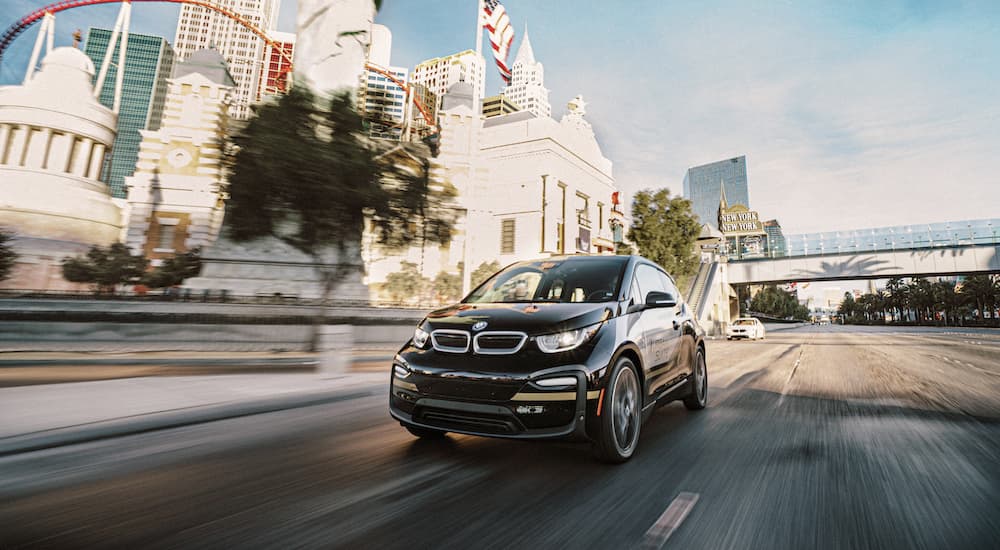
BMW’s Response
This unpredictable future is difficult to navigate for any manufacturer. However, most brands seem to think the ICE age is over and it’s time to start transitioning to a generation of new EV platforms. Even Toyota, an infamous holdout for ICE and hybrid technology, has introduced its new “Beyond Zero” EV platform to begin supplementing its existing lineup. Alongside the shift to new EV platforms, manufacturers are cutting back on the development of gasoline and diesel engines, diverting money to developing batteries and electric motors.
BMW stands alone in its decision to develop new platforms that can accommodate both ICE and EV technology, as well as a new generation of gasoline and diesel engines designed to comply with ever-stricter emissions regulations. It is even planning on including a new lineup of hybrid models that combine the advantages of ICE and EV designs to give its customers an even wider range of options. This is a bold decision, to say the least. While it may seem like BMW is simply hedging its bets with the new Neue Klasse, developing ICE and EV technologies simultaneously is in many ways the more difficult path—even before trying to combine them into a single platform.
While ICE and EV cars may look similar, they have rather different demands. Simply sticking batteries and electric motors into a gasoline car usually results in a decidedly suboptimal vehicle, and the reverse may not be possible at all. Many of the basic elements that have governed car design for the past century (engine bays, transmission tunnels, gas tanks, and more) are simply not present in EVs. However, electric cars are simultaneously far more sensitive to details like aerodynamic drag, rolling resistance, and even climate control design—aspects that ICE automotive engineers can basically treat as afterthoughts.
Can the Neue Klasse Succeed?
The first EVs from established auto manufacturers have almost universally been disappointing. BMW’s own first attempt, the recently discontinued i3, was an almost quintessential example. A subcompact hatch almost wholly unworthy of the BMW name, the i3 launched in 2014 with a meager 80-mile range. At the same time, the first-generation Tesla Model S offered up to 265 miles of range. Their luxurious, midsize sedan also offered phenomenal acceleration.
While the i3 improved with time, it still achieved only 153 miles of range when it left the market in 2021 (at which point, the Tesla Model S was offering 412 miles of range). That’s not a promising start, to be certain.
However, BMW’s second EV, the i4, has dramatically exceeded expectations. Built on the same CLAR platform as the closely-related 4 Series Gran Coupe, the i4 demonstrates that it is possible to build a beyond-satisfactory EV on an ICE platform. Comparing the 2022 BMW i4 eDrive40 against the 2022 Tesla Model 3 RWD reveals something fascinating: BMW is hot on the heels of the leading EV brand. With about 300 miles of range and a 3.3-second 0-60 time, the i4 actually comes out ahead of the base-model Tesla’s 272 miles of range and 5.8-second 0-60.
Now, things become less favorable when you bring Tesla’s Model 3 Long Range and Model 3 Performance trims into the equation, but the i4 is only BMW’s first successful attempt at a serious EV. When the Neue Klasse arrives in 2025, we should see even greater improvements to range, performance, and efficiency. In short, BMW’s strategy of developing ICE and EV technology side-by-side might just be feasible—even in a world where other manufacturers are moving to dedicated EV platforms.
The Customer Is Always Right
In the fierce battles between supporters and detractors of EV technology, something seems to have been forgotten: the drivers. From auto enthusiasts and internet pundits to CEOs and government officials, both sides have dug in and are dead-set on proving that their side is right. From governments banning sales of ICE cars to manufacturers either dumping their ICE lineups or dragging their feet on EVs, the future of automotive technology has become an ideological struggle. Everyone is seemingly forced into choosing a side and fighting to the bitter end. BMW is showing that there is another way.
The real genius of the Neue Klasse is that BMW isn’t telling its customers what they should think. Instead, the brand is giving drivers the choice between many equally excellent options. Whether you prefer the tradition of a BMW inline-6, the thrill of electric motors, or the versatility of a hybrid, BMW wants to give you exactly what you are looking for.
No matter what power source a future BMW uses, they will all ride on the same platform—and provide the same refined driving experience that BMW pioneered with the original Neue Klasse, back in 1962. Once again, BMW is working to reinvent itself for a new era. And, given its track record, it seems likely that the brand will once again retake its spot on the top of the automotive world.

